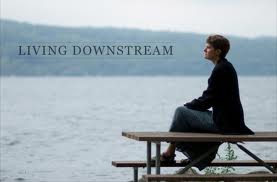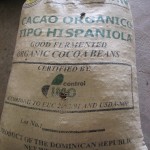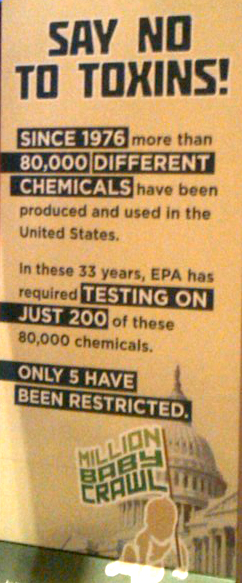
Martin Luther King, Jr.
In honor of Martin Luther King, Jr. Day, let’s take a brief walk down memory lane and reflect on the close relationship between toxic environmental exposure and the disenfranchised populations in America.
It wasn’t long ago that hazardous and polluting industries were predominantly located in Black, Latino, and indigenous communities. I’d like to say this is a problem of the past, but unfortunately it is still an issue. More than 4.5 million people reside within 1.8 miles of the country’s hazardous waste facilities.
The groundwater in these communities is polluted with hazardous chemicals such as benzene, trichloroethylene, and pesticides like DDT (dichlorodiphenyltrichloroethane). These toxins are inhaled on a daily basis by the populations living there, triggering such irreversible illnesses discussed in this article and also here.
In the 1980’s, after hundreds of years of oppression in so many poverty-stricken populations, the environmental justice movement took root. Today, community and environmental activists, including Planned Parenthood of Northern New England, continue to work towards legislation that will protect not only our environment, but the people living in it.
PPNNE believes that all people, regardless of race or income level, have the right to receive non-toxic health care. With that end in mind, we are working toward the goal of “doing no harm” with our practices by doing everything we can to minimize reproductive contaminants (such as mercury, latex, and vinyl) in our health centers. And, because we feel that it is appropriate and responsible for our government to do its part, we’re also working to eliminate harmful chemicals in our air, water, and food by advocating for better public policy.
We hope you will take some time today to reflect on how far we have come in this social, racial and environmental justice movement. Please also remember that the fight for a green world for all is not yet over.


![MP900337413[1]](https://www.good-chemistry.org/wp-content/uploads/2011/08/MP9003374131-214x300.jpg)


 Dr. Gibson’s testimony really dove into the science and health implications of BPA. Here’s an excerpt of her testimony:
Dr. Gibson’s testimony really dove into the science and health implications of BPA. Here’s an excerpt of her testimony:



